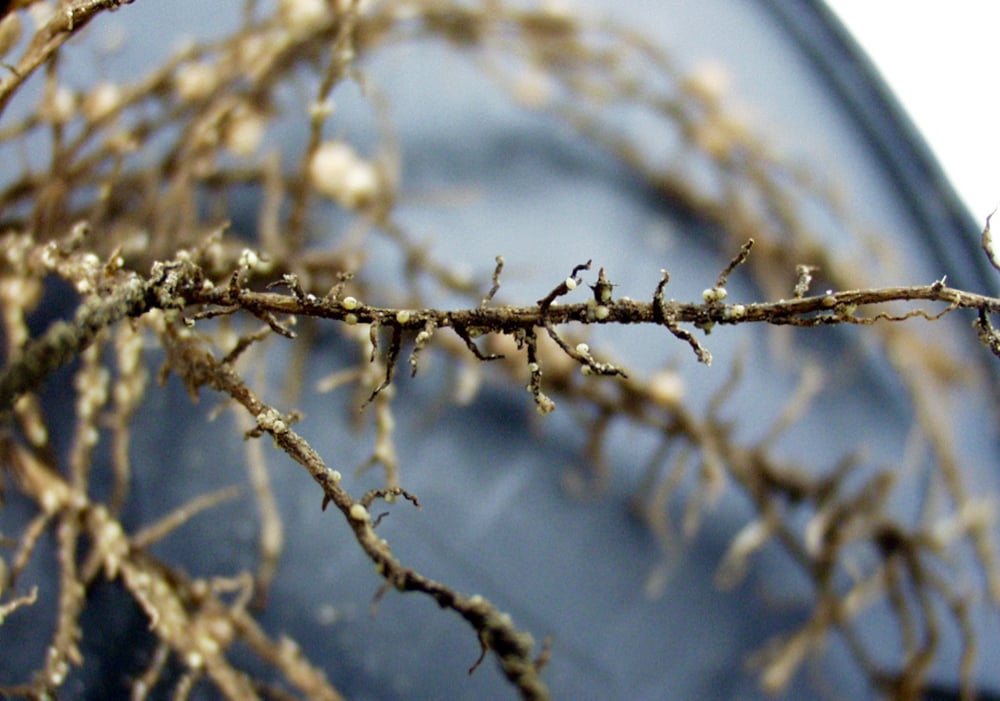Corn diseases, fungicide timing, fungicide resistance and nematode surveys!

Corn diseases such as tar spot, northern corn leaf blight, common rust, gray leaf spot are easy to spot this year especially in areas which have had considerable rain events. The good news is the incidence and severity has still been low as many corn fields are or will be tasseling over the next 2 weeks.
Read Also

Organization focuses on female farmers
In French, the feminine version of “entrepreneur” is “entrepreneure.” The letter E at the start and end of that word…
When it comes to fungicide applications, two of the most important disease management decisions a farmer can make is what fungicide to use and when to apply! The research continues to show the most significant yield benefit is a fungicide application at VT-R1 (tassel to silking) growth stages. In terms of Gibberella ear rot and DON mycotoxin management, the VT-R1 timing is also the most effective timing.
When it comes to making the decision to spray consider:
- Disease history in the field and region – your specific diseases of concern!
- Selecting the appropriate fungicide for your on-farm disease risk.
- Hybrid susceptibility or resistance to those diseases which are a risk.
- Environment conditions up to Vt-R1 and future long-term forecasts.
- Rotational history and residue levels.
- The VT-R1 timing provides an opportunity to assess disease risk through scouting, disease forecasting prediction models (ex. Field Prophet) and real-time disease monitoring prior to application.
Useful OMAFA and Crop Protection Network resources:
Help needed! Fungicide resistance and nematode surveys
One of the only sure things in agriculture is that things change and no matter how hard we try to manage “Mother Nature” she is always throwing us a curve ball and the latest example is the development of fungicide resistance in soybeans in the US.
The story began in 2010 in Western Tennessee where a grower noticed he was not getting control of the soybean leaf disease “frogeye leaf spot” (Cercospora sojina) even after two applications of the strobilurin fungicide Headline. This field had a history of frequent soybeans and strobilurin fungicides in the past. Samples were collected and the first case of fungicide resistance in North American soybeans was confirmed against the strobilurin class of fungicides which includes many popular products such as Headline, Quadris, for example.
It has become apparent that the strobilurin resistant populations exist naturally and is the predominant cause of frogeye in the US. A preliminary study conducted by Dr. Owen Wally (AAFC-Harrow) and Albert Tenuta (OMAFA-Ridgetown) found 15 of 16 frogeye isolates from Ontario contained the mutation conferring strobilurin resistance!
So why are strobilurin fungicides high risk for fungicide resistance development? First they work on only a single site of action which can be bypassed by a pathogen with a simple mutation in a gene. There have been over 20 fungal species which have developed strobilurin resistance mostly in horticulture but with this finding we are starting to see a similar occurrence in field crops. The fungus which causes frogeye is similar to these others in its ability to produce a large quantity of spores multiply times or cycles in a year which results in a diverse or non-uniform population with many mutations.
So what can you do? First if have or are going to use fungicides always evaluate their performance. Did they do the job and if not why not? As you prepare for 2025 select varieties or hybrids with good disease resistance as well if you are going to use a fungicide product with more than one chemistry or mode of action as it will help slow down resistance.
Through Sustainable Canadian Agriculture Partnership (Sustainable CAP) funding, OMAFA is working with the University of Guelph Pest Diagnostic Clinic to test additional isolates and we would appreciate your help in collecting frogeye leaf samples. If you have or suspect frogeye, please contact Albert Tenuta at [email protected].
Ontario nematode surveys can help track SCN
One important way to get Soybean Cyst Nematode (SCN) populations down or delay shifts is to take a SCN soil test to monitor nematode populations. Another OMAFA Sustainable CAP funded nematode survey project targeting field crop and horticultural crop fields across the province can help. Nematodes present a significant and ongoing threat to plant health in Ontario and can result in significant economic and production losses. The primary project objective is to update provincial nematode distribution maps as well as establish baseline data, for six different nematode species including soybean cyst nematode, root lesion or other nematode species. These results will support the enhancement of current nematode Best Management Practices for field and horticultural crop farmers, helping to improve the economic and sustainability of crop production in Ontario.
Participating in the nematode survey is FREE, easy and soil samples can be collected specifically for nematode testing such as SCN (see photo at top) or alternatively, soil samples collected for soil fertility can be split, with subsamples submitted for nematode testing. If you would like more information on the Nematode Survey, please contact Albert Tenuta ([email protected]) or your local agronomist.
Source: Farmtario.com

